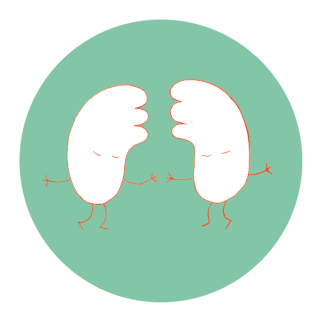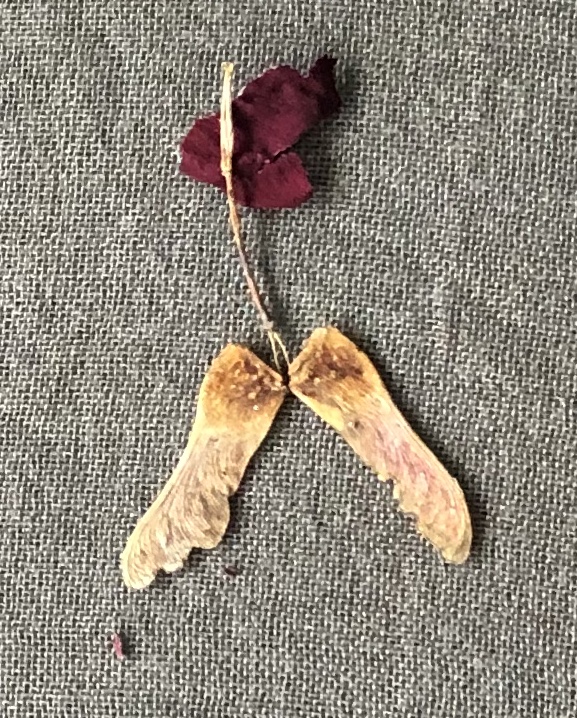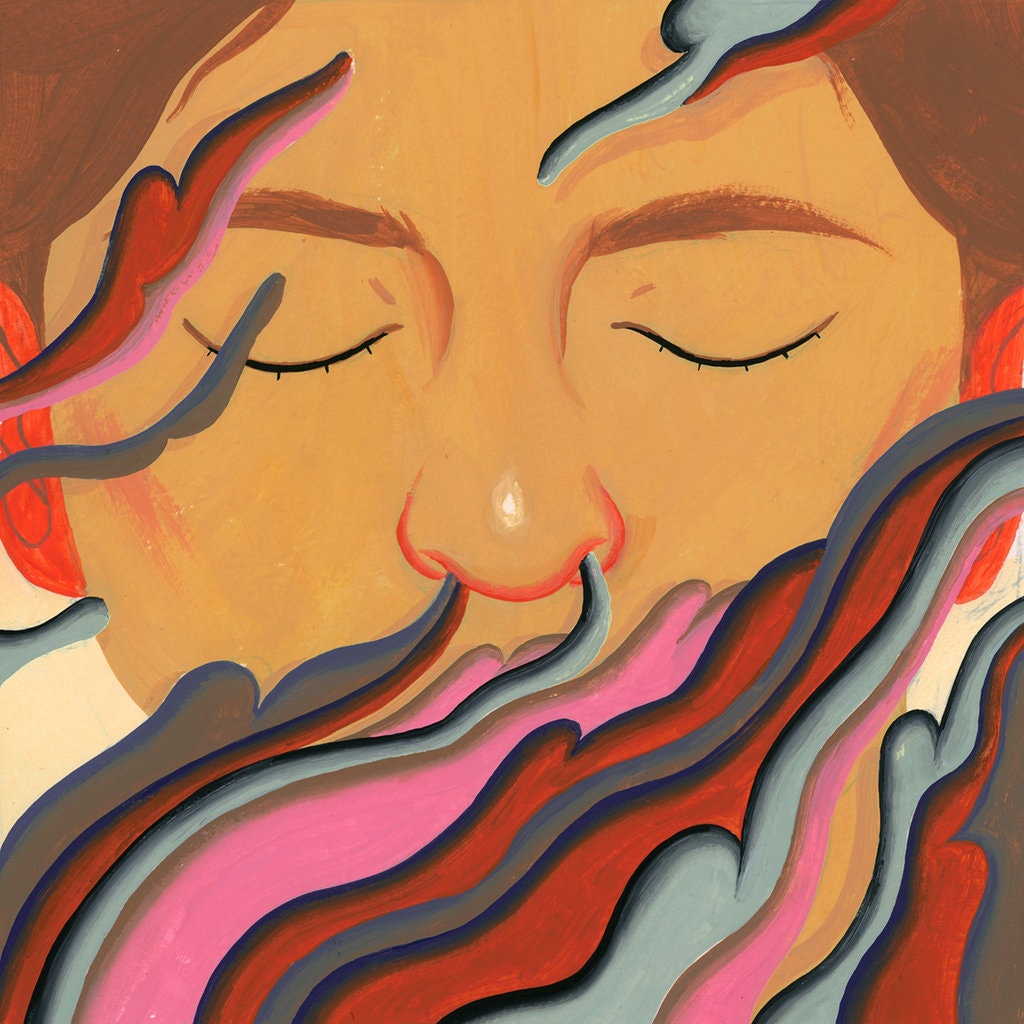A breath token is a breathing exploration that I develop for friends & clients and send out as a gift.
In 2020 the breath tokens are about connecting breath and sound.
Sounding „A“
Let‘s begin with sensing where we have contact: on the chair, or on the floor, for example. We sense the weight of our body, letting it sink towards the ground. Let‘s stroke along the body walls to fully arrive in our body and its boundaries. We can accompany the stroking with gentle humming, moving the mouth.
Let’s now explore imagining, shaping, speaking and sounding an “A”. Repeat the exploration three times or as often as you like.
Tip: When we rest after the exploration, I find it helpful to always lay the hands in the same position, for example, both hands on the belly, or one hand on the belly and one hand on the back to notice the changes in the breath movement.
If there is little or no sensation, that‘s perfectly alright. We can focus on our hands resting on the torso or whatever it is that we’re experiencing.
ore







